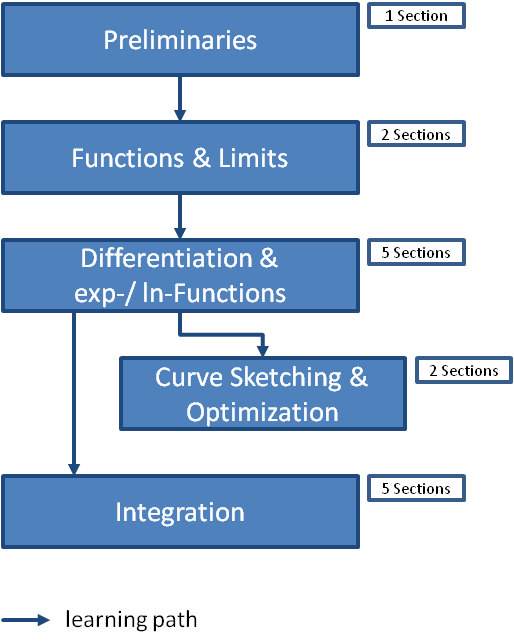|
|
|
Dear students,
let us welcome you to the course "Calculus I" where we will start our breath-taking adventures in university
mathematics by covering topics of single variable differential and integral calculus. Calculus is founded on the ideas
of Isaac Newton (1643-1727) and Gottfried Wilhelm Leibniz (1646-1716) of how to treat very small qualities. Especially
during the nineteenth century limit arguments helped to refine these and several other related methods such that the
topics of Calculus reached the standardized form we use as a basis for new discoveries today. Especially in Economics,
Business, and Management our topics are widely used as they provide the tools for optimal decisions, e.g. in understanding
market equilibria, optimizing production under certain capital or labor restrictions or performing marginal analysis to
predict the impacts of additional outputs on revenue.
These supplementary electronic materials are intended to help you beyond the lectures and tutorials especially such that
you can revisit certain topics and have them explained in a short video clip of about 15-20 minutes and, for each small
unit, take a knowledge quizz to test your learning progress.
Moreover, a "learning path" guides you through the materials such that you always know which parts are based on
which and thus to systematically track the foundations of the topics. This may especially be helpful in case you missed some
lectures so that you can easily find yourself again in the course structure.
|

